The lion kingdom had run with a dedicated speaker battery for years, having never found an affordable DC-DC converter which could power them reliably. They would all disconnect after a short time. These speakers could all run on a common USB cable & charger, but taking out the battery & giving them 4.2V through the battery leads made them so much lighter. It was only after accidentally plugging an Auvio into 12V & blowing it up did the solution reveal itself.
Fortunately, it only blew up the amplifier chip, a HT6871. The radio & leds were still intact. It would take 1 month to order a new amplifier from China, so went ahead & got a new speaker. With this experience, it was decided to put in different connectors for the 12V side than the 4.2V side on the DC-DC converters.
The Auvio was such a good speaker during its 3 year lifespan, the lion kingdom pondered putting in a different amplifier chip & finding other uses for it. The only amplifier chips sold outside China are obsolete class B chips from 1980 which cost more than a new speaker.
There was also swapping an amplifier chip from another bluetooth speaker.
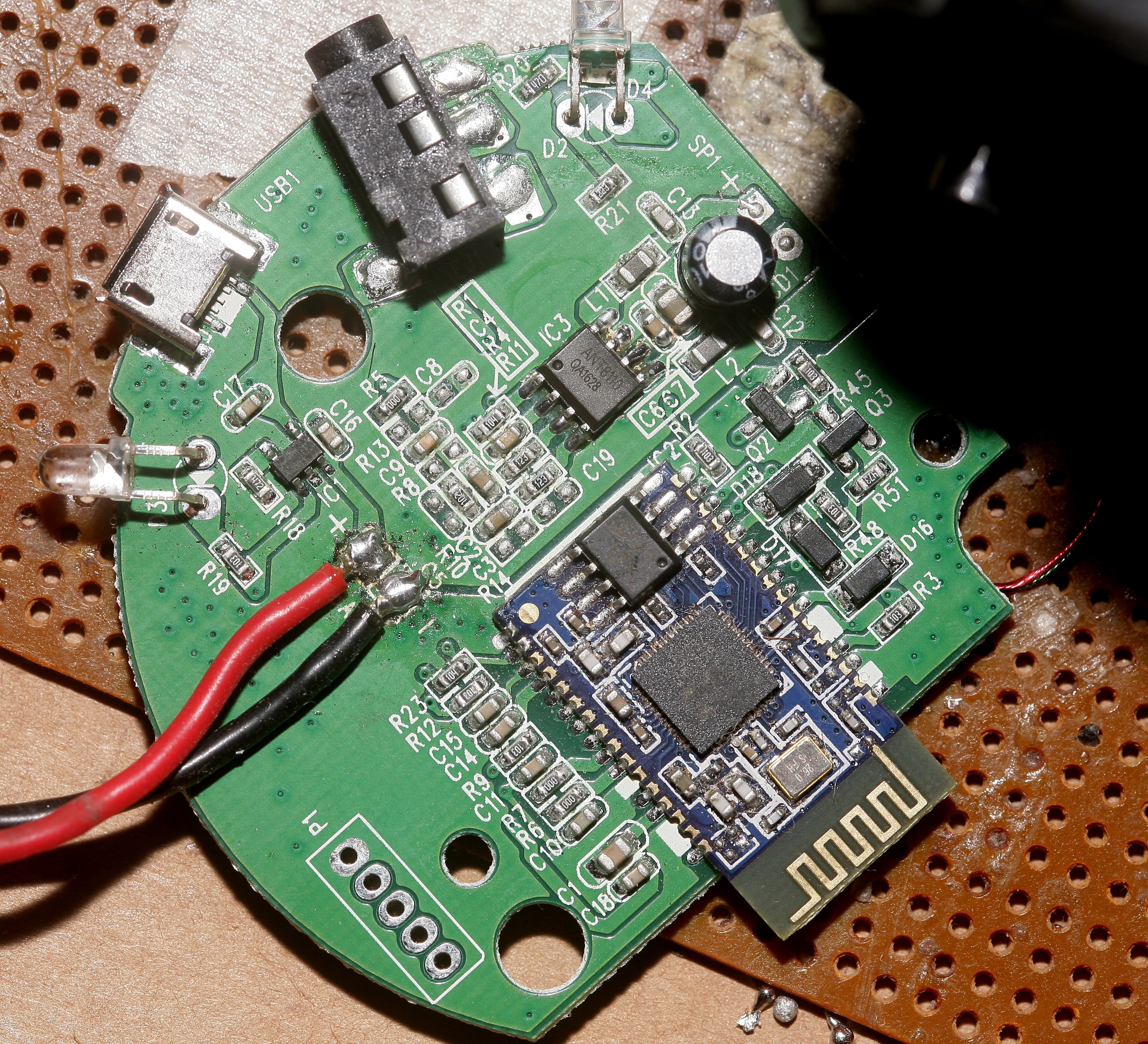
It turned out the amplifier from the very 1st speaker, an ANT8110, had the same pinout & worked. It just had a higher gain.
While reviewing the datasheets, it became clear that all current speakers had separate amplifier & radio chips. The amplifiers were all rated for 6V & the radio chips were all using voltage regulators which could take in 12V. The speakers could run off a cheap 5V USB charger instead of an expensive 4.2V buck converter.
2A USB chargers had just become available for $1, so the lion kingdom started using those. After years of 1A buck converters failing, the 2A USB chargers finally managed to power the speakers. It was the amperage rather than the ripple or motor noise that made the difference.
An Anker came in to replace the burned out Auvio & it didn't take long for the lion kingdom to realize it was running hundreds of miles in silence. The Anker was no louder than a phone speaker. There are 2 ways to make a bluetooth speaker louder. The HT8692 amplifier in the Anker has a gain adjustment resistor, but it has a very low maximum gain. Anything below 65k made no difference.

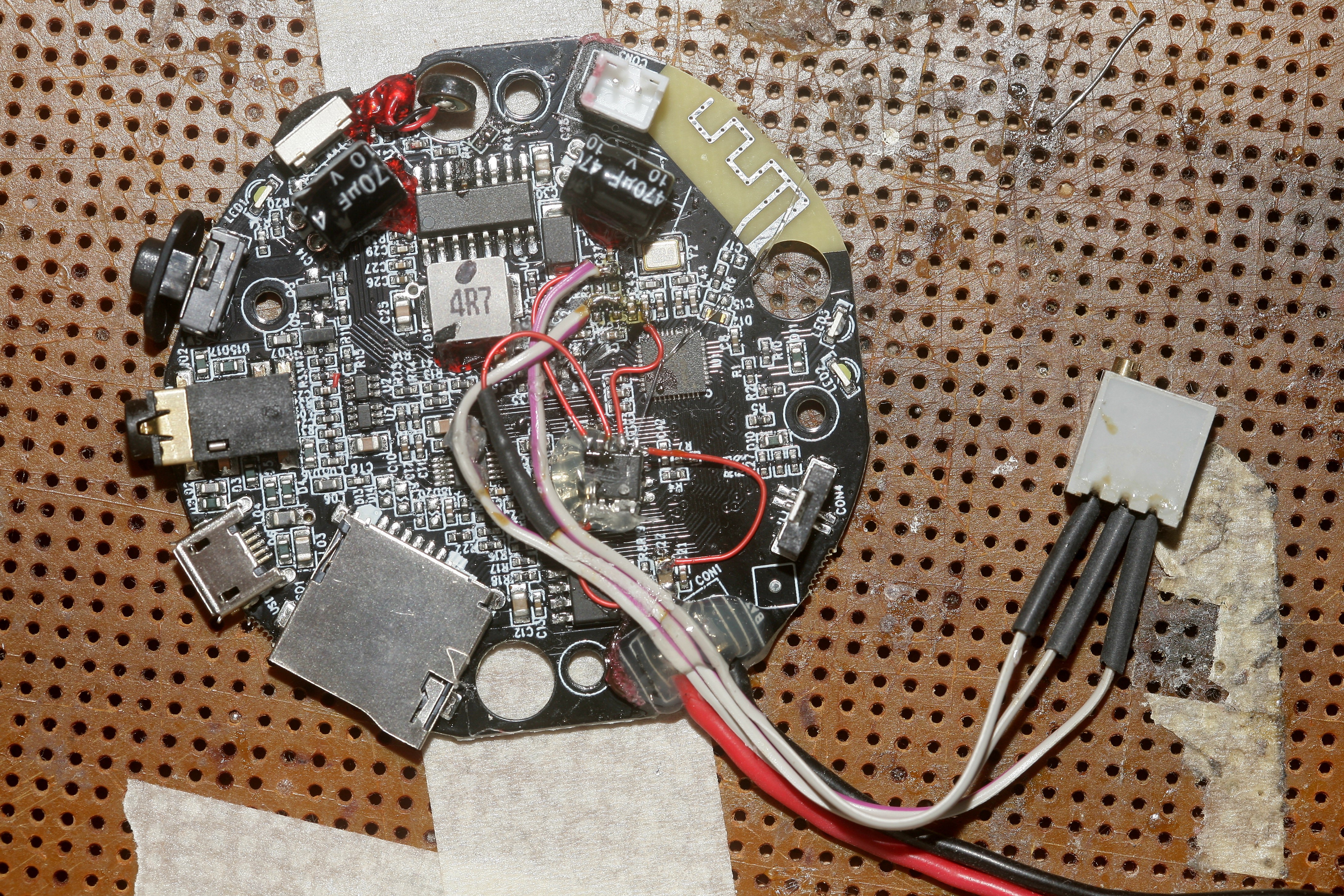
The next step was putting an op-amp between the ATS2815 radio & amplifier. All it took was a bare LF353 with a gain pot. The Anker provides a virtual ground & dividing resistors to combine the 2 channels.

The maximum gain of this circuit was limited by the input offset voltage of the op-amp. Above the maximum gain, the DC offset of the output mutes the signal. The lion kingdom tuned it just below the maximum gain & relied on the phone volume to limit distortion.

Lions have now gone through 5 speakers, originally directly wired & then bluetooth. The 1st one was directly wired & arrived in Aug 2016. Before then, lions spent 6 years running in silence, using painful earplugs meant for humans, or hearing the faint crackle of a phone speaker.
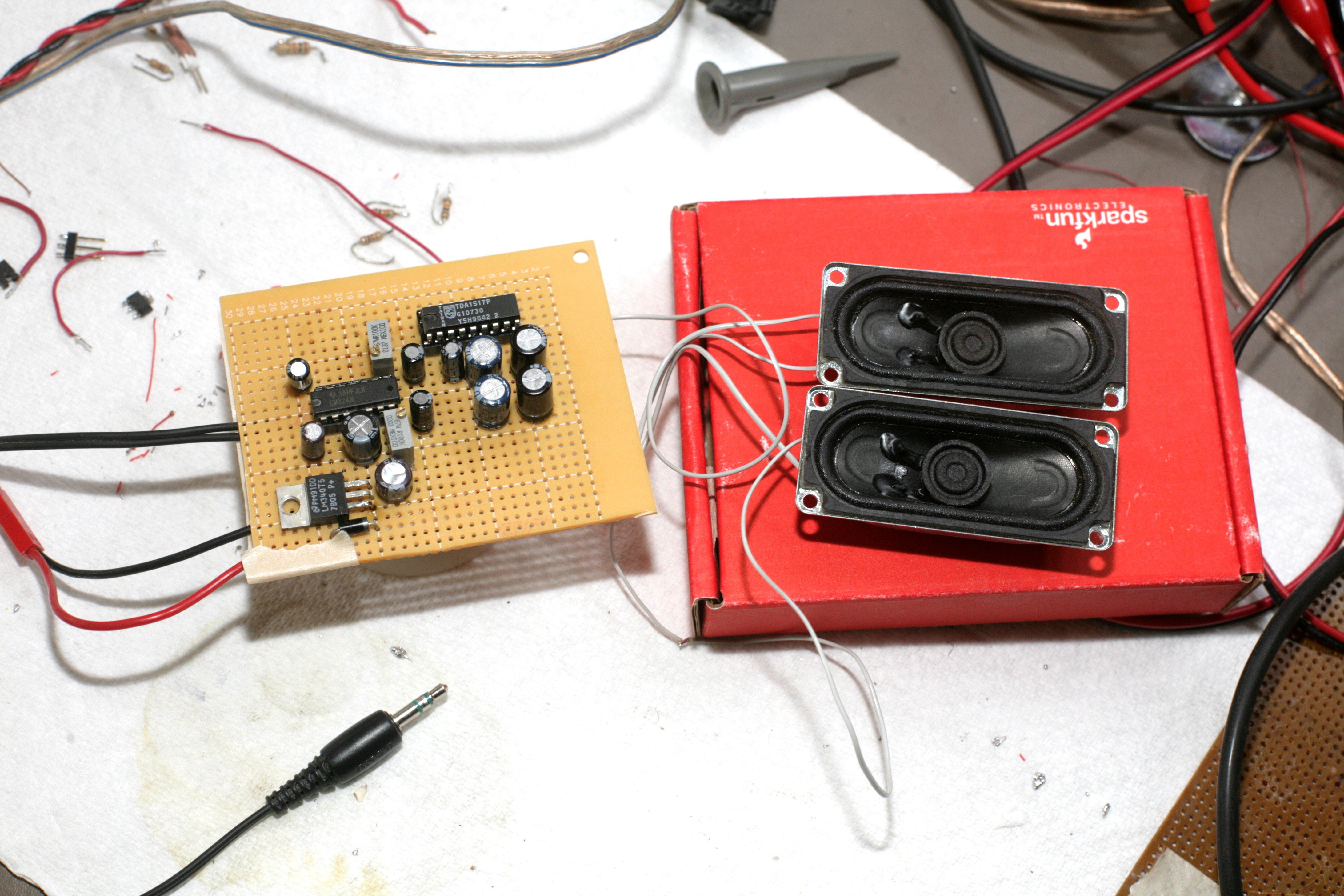

The 1st speaker used an amplifier from a soundblaster 16 & speakers from a TV. It needed 12V, but the vehicle it ran in had only 8.4V, so it still needed a spare battery. It sounded terrible but got the lion through 1.5 years. The running robot was like a city on wheels, with its speaker.

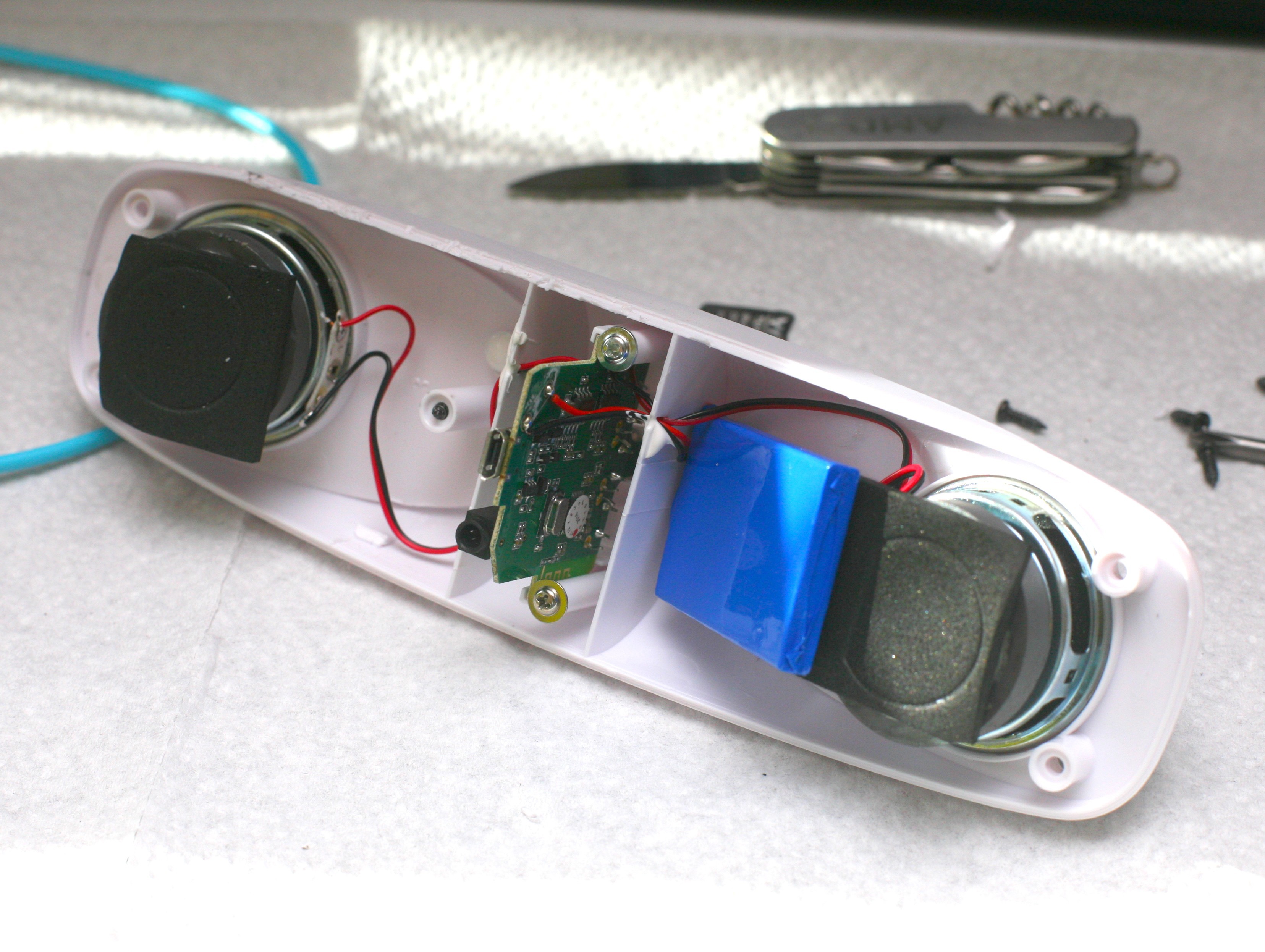

The next speaker & 1st bluetooth experience arrived in Jan 2017. It was too heavy to put in the robot, so its amplifier replaced the soundblaster 16 in the 1st speaker. It still sounded terrible, but was more convenient. Here, lions became familiar with the constant dropouts of bluetooth audio.

In Feb 2017, the Auvio with its future burned out amplifier arrived. There were finally 2 speakers for lions to have audio at the day job & home. The home robot was top heavy & couldn't fit much food, but it sounded better than the day job robot with its TV speakers.
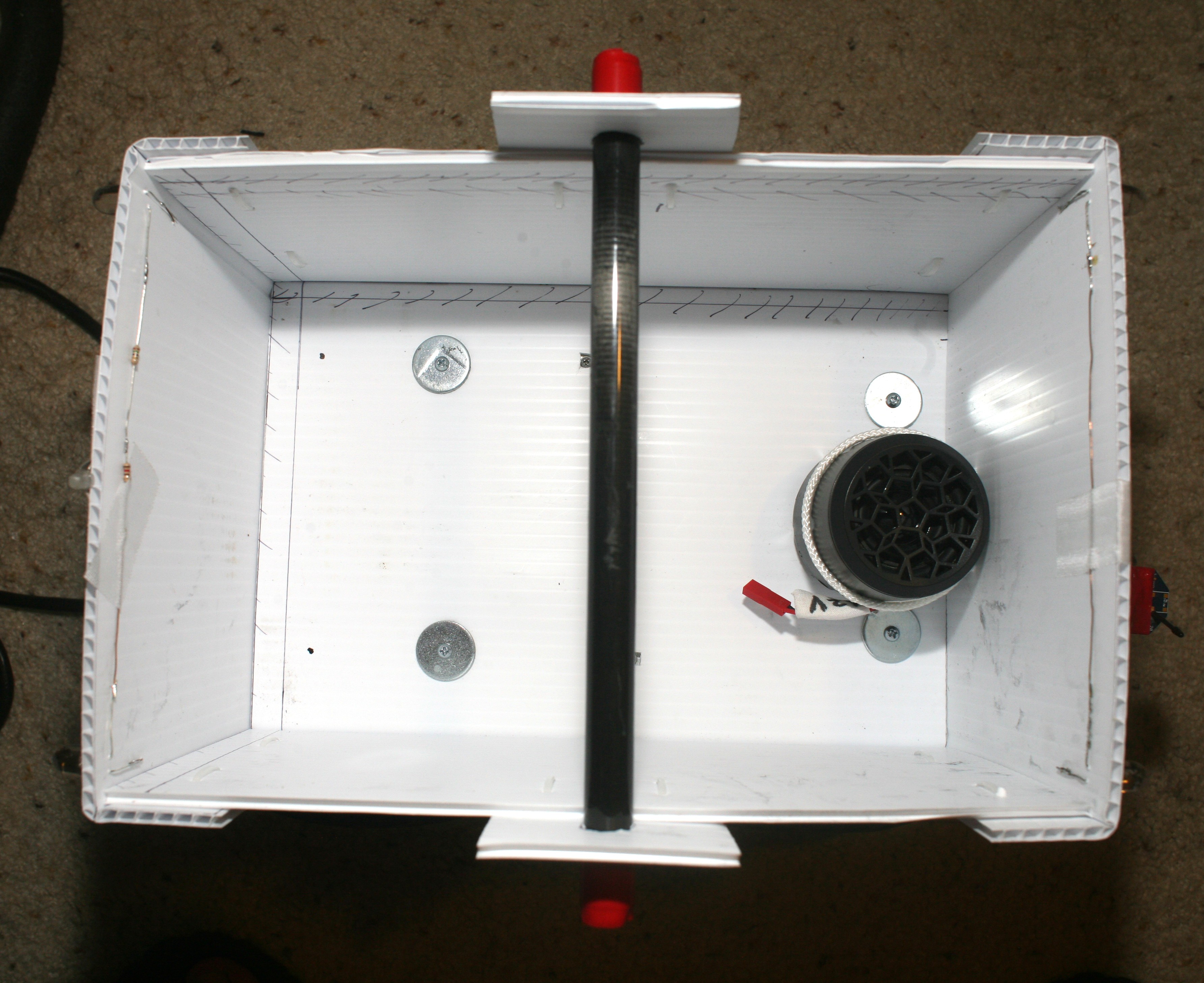
Larger containers & larger vehicles soon enabled an influx of better bluetooth speakers for both the day job & home, finally culminating in using power from the vehicle instead of a spare battery.

It's amazing how much power these speakers have put out, over the last 5 years, without blowing up.
 lion mclionhead
lion mclionhead
Discussions
Become a Hackaday.io Member
Create an account to leave a comment. Already have an account? Log In.